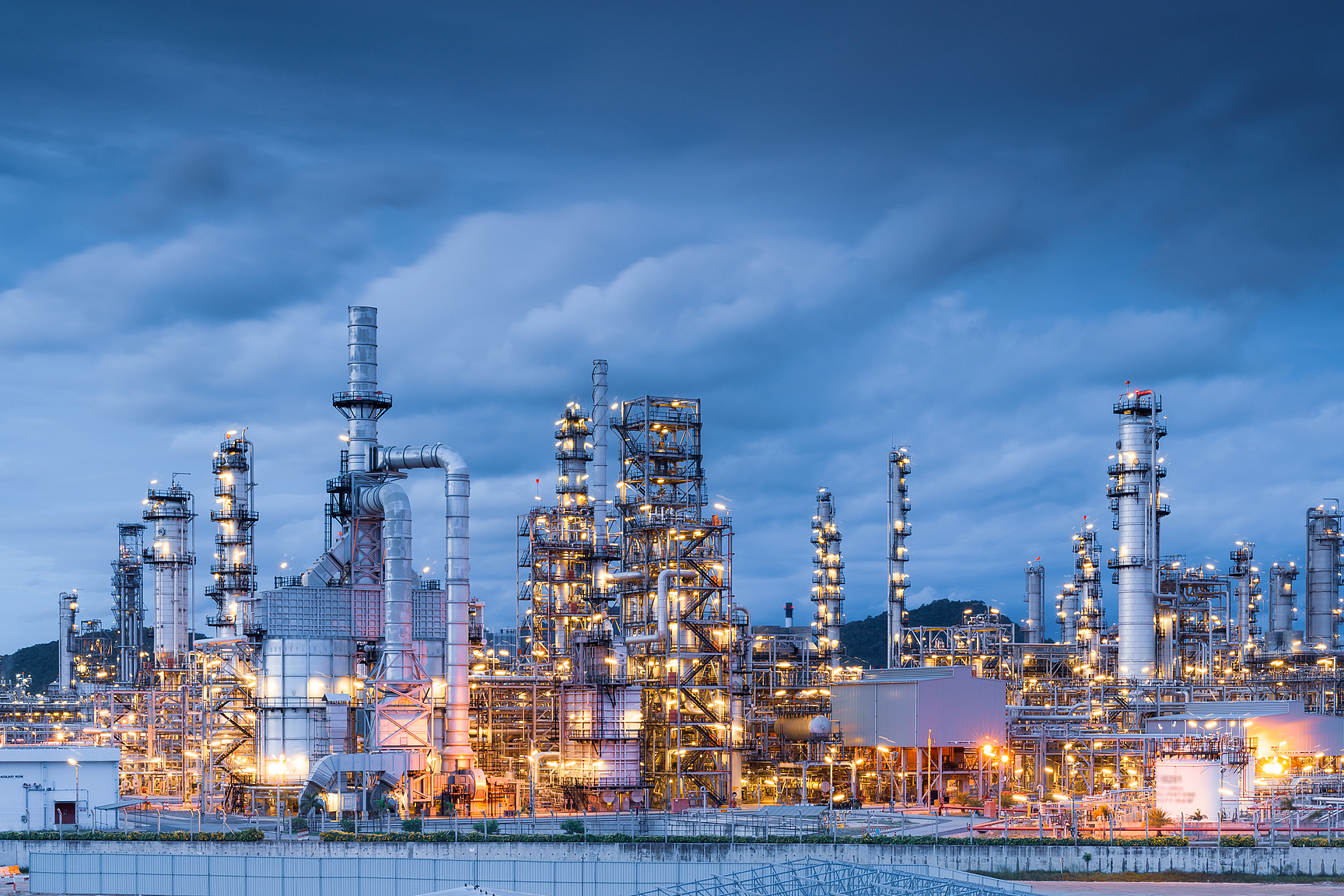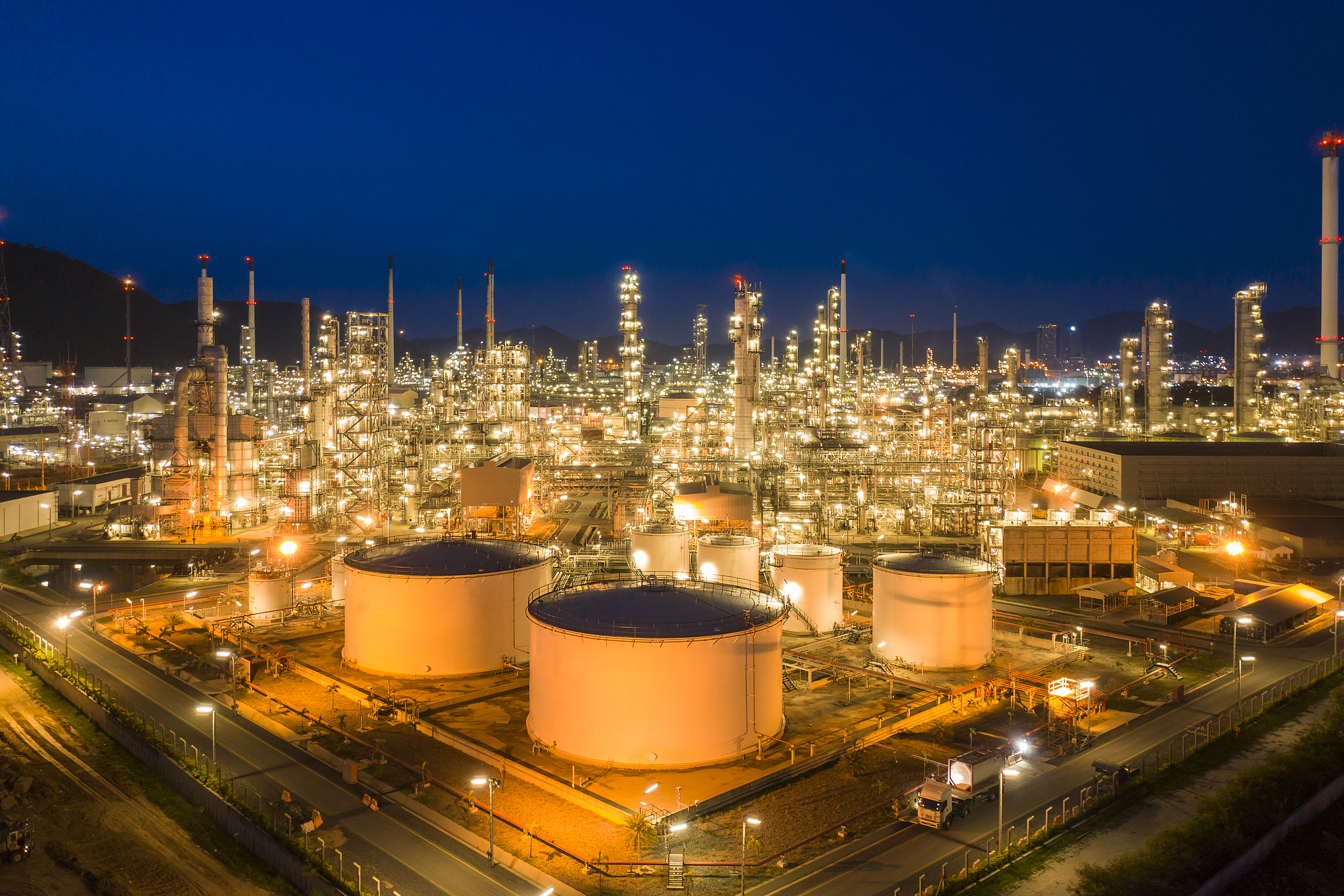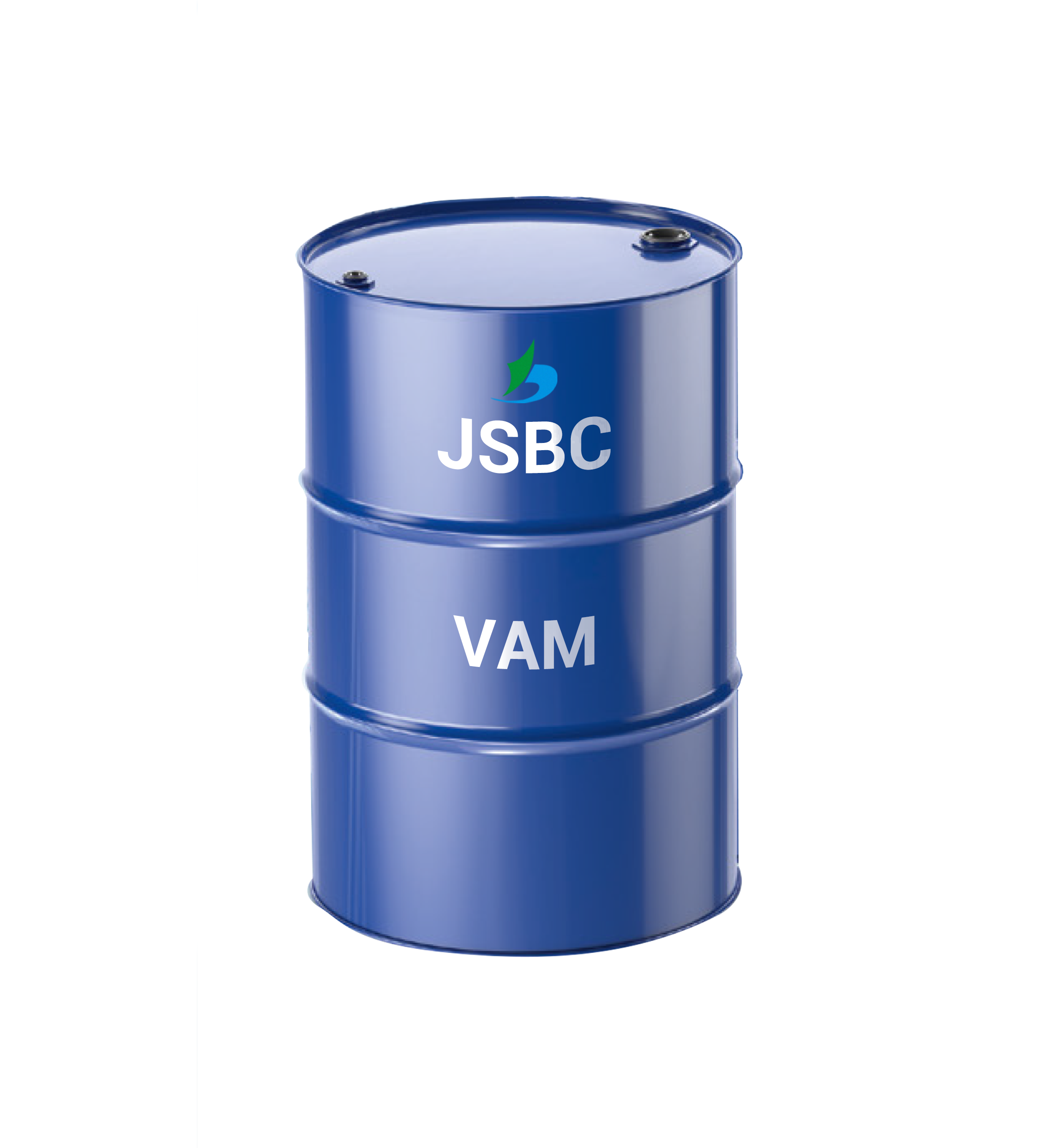











The adhesives industry has witnessed remarkable advancements in recent years, with 2-hydroxypropyl acrylate emerging as a game-changing compound that's transforming the way industrial adhesives perform. This versatile monomer plays a crucial role in enhancing adhesive properties, offering unprecedented benefits in various applications across multiple industries. As manufacturers continue to seek innovative solutions for stronger, more durable bonding agents, 2-hydroxypropyl acrylate has become increasingly indispensable.
The significance of this compound lies in its unique molecular structure, which combines the reactivity of acrylate groups with the functionality of hydroxyl groups. This dual nature enables it to create superior cross-linking networks, resulting in adhesives that exhibit exceptional strength, durability, and versatility. As we delve deeper into the characteristics and applications of 2-hydroxypropyl acrylate, we'll discover why it has become a cornerstone in modern adhesive formulations.
2-hydroxypropyl acrylate features a distinct molecular architecture that sets it apart from conventional adhesive components. The presence of both hydroxyl and acrylate functional groups creates unique opportunities for chemical interactions. The hydroxyl group enhances surface wetting and adhesion properties, while the acrylate portion facilitates rapid polymerization and cross-linking reactions. This combination results in superior bond strength and improved substrate compatibility.
The compound's relatively low molecular weight and optimal viscosity make it an excellent choice for various adhesive formulations. These properties ensure proper penetration into substrate materials while maintaining workable consistency during application. The balanced molecular structure also contributes to the final product's thermal stability and resistance to environmental factors.
One of the most valuable attributes of 2-hydroxypropyl acrylate is its exceptional reactivity in polymerization processes. The compound readily participates in free-radical polymerization reactions, allowing for fast cure rates and efficient processing. This high reactivity enables manufacturers to develop adhesive systems that cure quickly under various conditions, including UV radiation, heat, or chemical initiators.
The cross-linking density achieved through 2-hydroxypropyl acrylate incorporation significantly influences the final adhesive properties. The numerous cross-linking points created during polymerization result in a three-dimensional network structure that exhibits outstanding mechanical properties, chemical resistance, and durability. This network formation is crucial for applications requiring long-term performance under challenging conditions.
The incorporation of 2-hydroxypropyl acrylate substantially improves the adhesion strength of industrial adhesives. The compound's ability to form strong chemical bonds with various substrate materials results in superior peel strength, shear resistance, and overall bond durability. These enhanced properties make such adhesives ideal for demanding applications in automotive, construction, and electronics industries.
Long-term durability is another significant advantage offered by 2-hydroxypropyl acrylate-enhanced adhesives. The robust cross-linked structure resists degradation from environmental factors such as temperature fluctuations, moisture exposure, and UV radiation. This exceptional stability ensures that bonds maintain their integrity throughout the product's intended service life.

Industrial adhesives formulated with 2-hydroxypropyl acrylate demonstrate remarkable resistance to various environmental challenges. The chemical structure of the compound contributes to excellent water resistance, preventing bond failure in high-humidity conditions or during direct exposure to moisture. This characteristic is particularly valuable in outdoor applications and marine environments.
The thermal stability of these adhesives is equally impressive, maintaining their structural integrity across a wide temperature range. This resistance to thermal cycling makes them suitable for applications where significant temperature variations are expected. Additionally, the chemical resistance imparted by 2-hydroxypropyl acrylate protects against degradation from common industrial chemicals and solvents.
The versatility of 2-hydroxypropyl acrylate continues to drive innovation in adhesive technology. Researchers are exploring new applications in advanced materials, including smart adhesives that respond to environmental stimuli. The compound's compatibility with various polymer systems opens possibilities for developing specialized adhesives for emerging industries such as renewable energy and advanced electronics.
Recent developments have also focused on incorporating 2-hydroxypropyl acrylate into sustainable adhesive formulations. The efficiency of cross-linking and cure rates contributes to reduced energy consumption during manufacturing, aligning with growing environmental consciousness in industrial processes.
Ongoing research in the field of adhesive technology continues to uncover new potential applications for 2-hydroxypropyl acrylate. Scientists are investigating modified versions of the compound to enhance specific properties such as flexibility, impact resistance, or thermal conductivity. These developments promise to expand the capabilities of industrial adhesives even further.
The integration of 2-hydroxypropyl acrylate with other advanced materials, such as nanomaterials and smart polymers, represents an exciting frontier in adhesive technology. These combinations could lead to next-generation adhesives with unprecedented performance characteristics and functionality.
2-hydroxypropyl acrylate stands out due to its unique dual functionality, combining hydroxyl and acrylate groups in one molecule. This structure enables superior cross-linking, better adhesion properties, and enhanced durability compared to traditional adhesive components. The compound's balanced molecular design also contributes to optimal processing characteristics and final performance properties.
Adhesives formulated with 2-hydroxypropyl acrylate demonstrate excellent thermal stability across a wide temperature range. The strong cross-linked network formed during curing maintains structural integrity during thermal cycling, making these adhesives suitable for applications experiencing significant temperature variations. The compound's thermal resistance properties help prevent bond failure in high-temperature environments.
Yes, these adhesives exhibit exceptional water resistance due to the chemical structure of 2-hydroxypropyl acrylate and its cross-linking capabilities. The dense network formed during curing creates a barrier against moisture penetration, making these adhesives ideal for applications exposed to high humidity or direct water contact. This moisture resistance ensures long-term bond stability in challenging environmental conditions.
 Hot News
Hot News2025-07-25
2025-06-16
2025-04-07
2025-04-07
2025-04-07
2025-12-03

